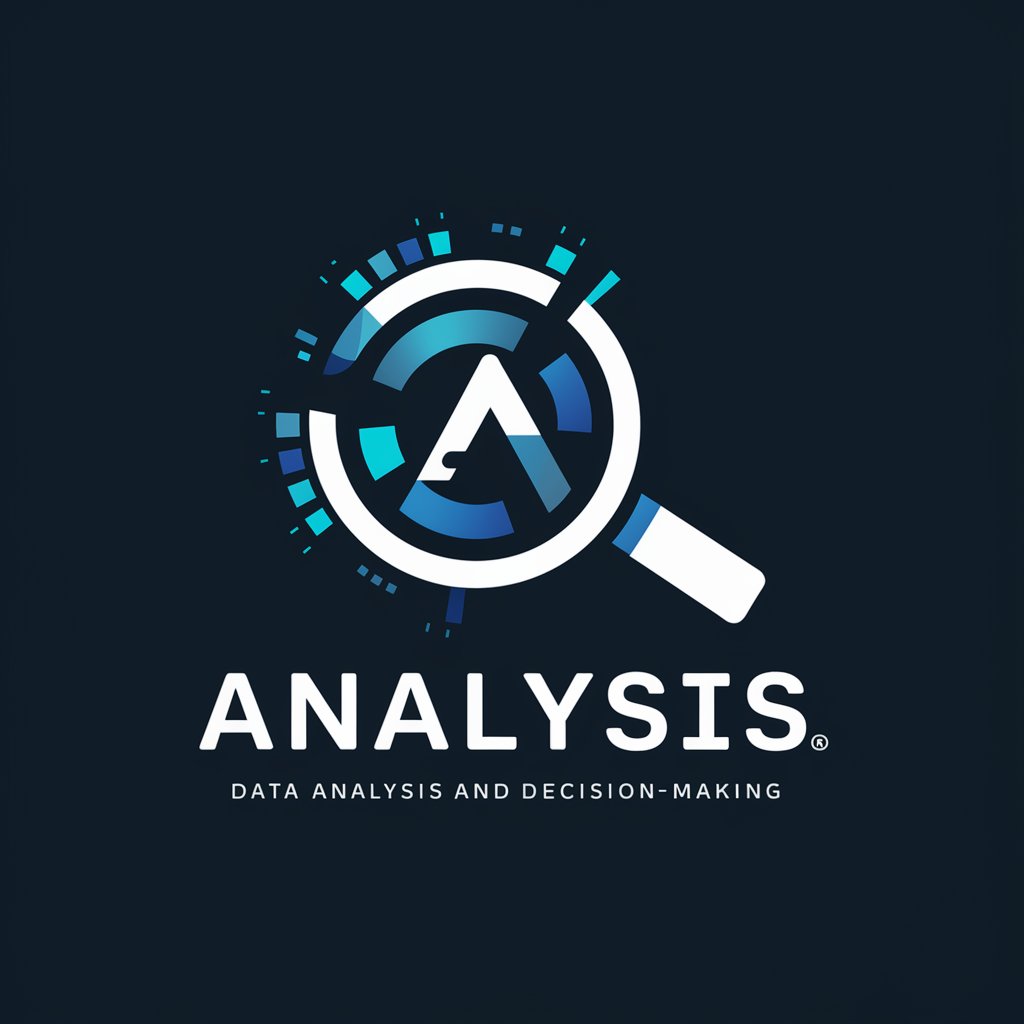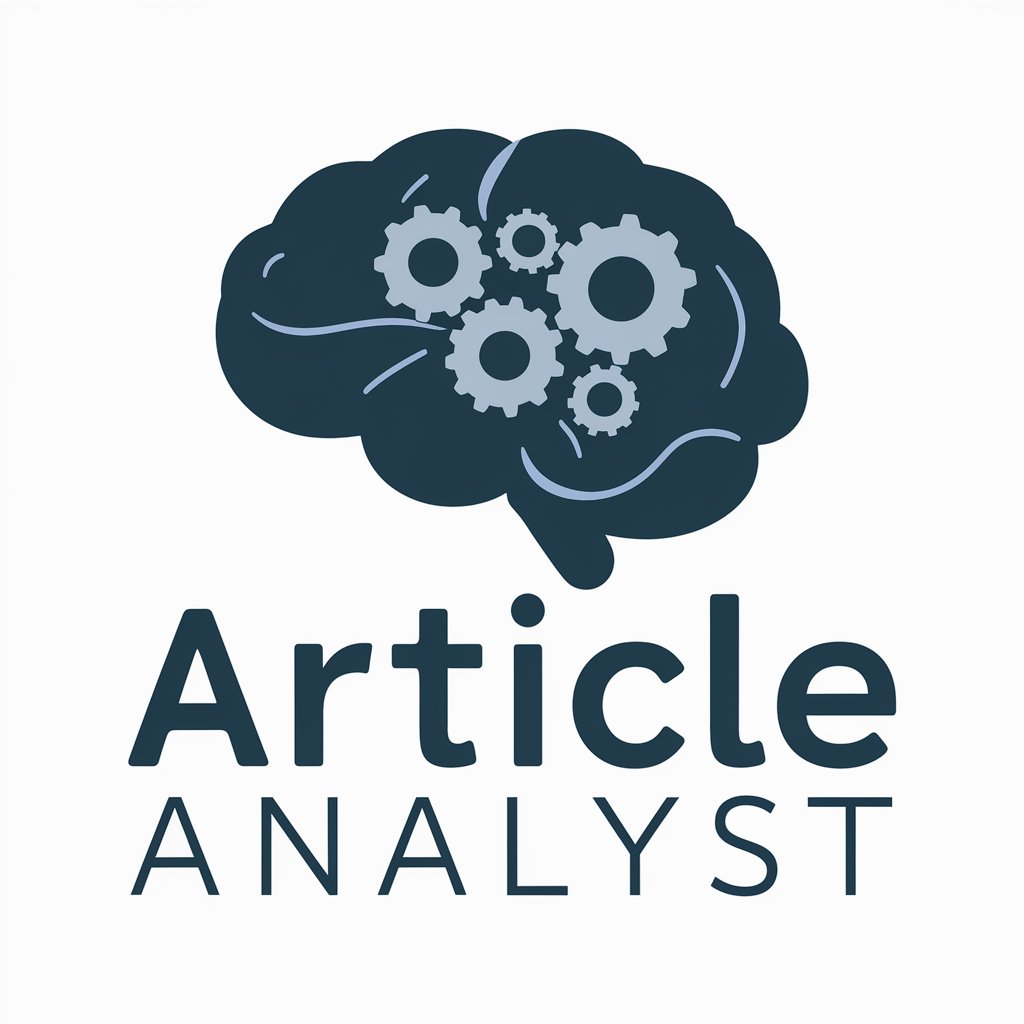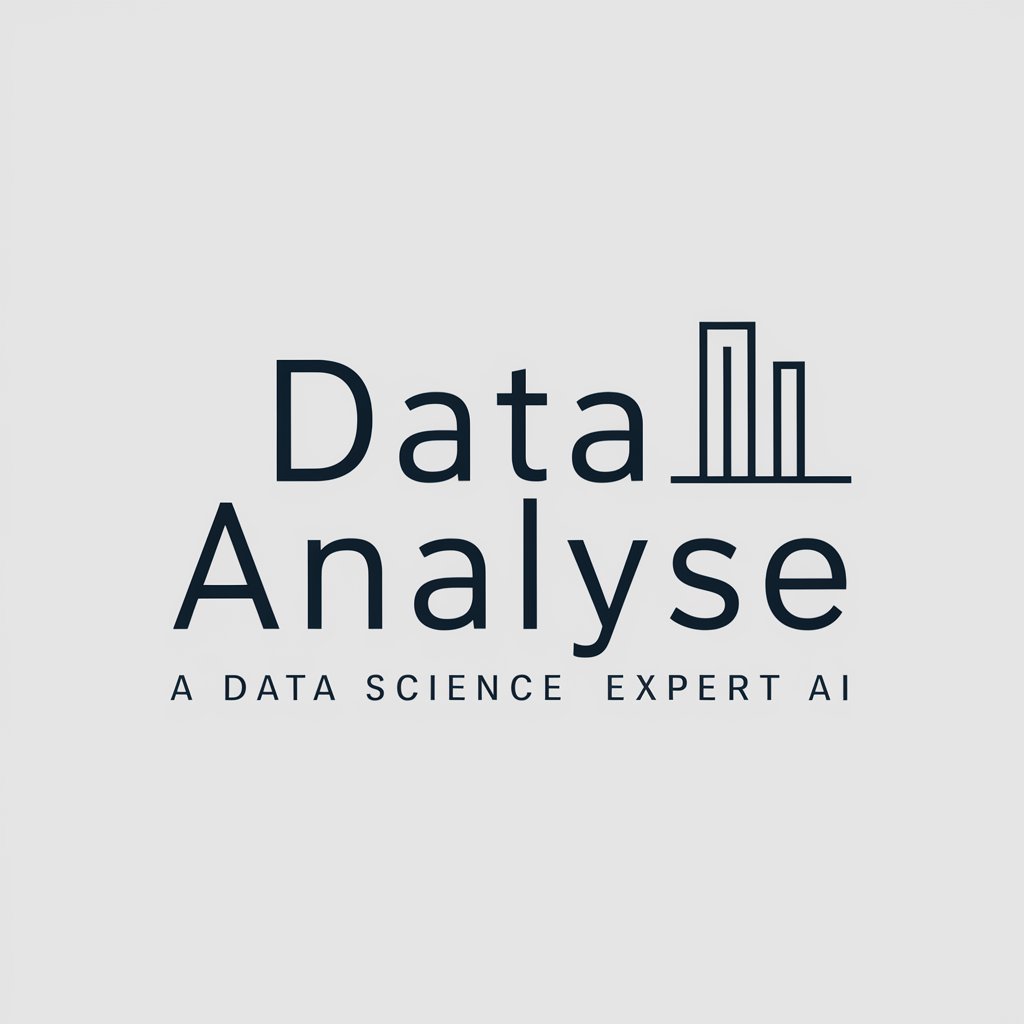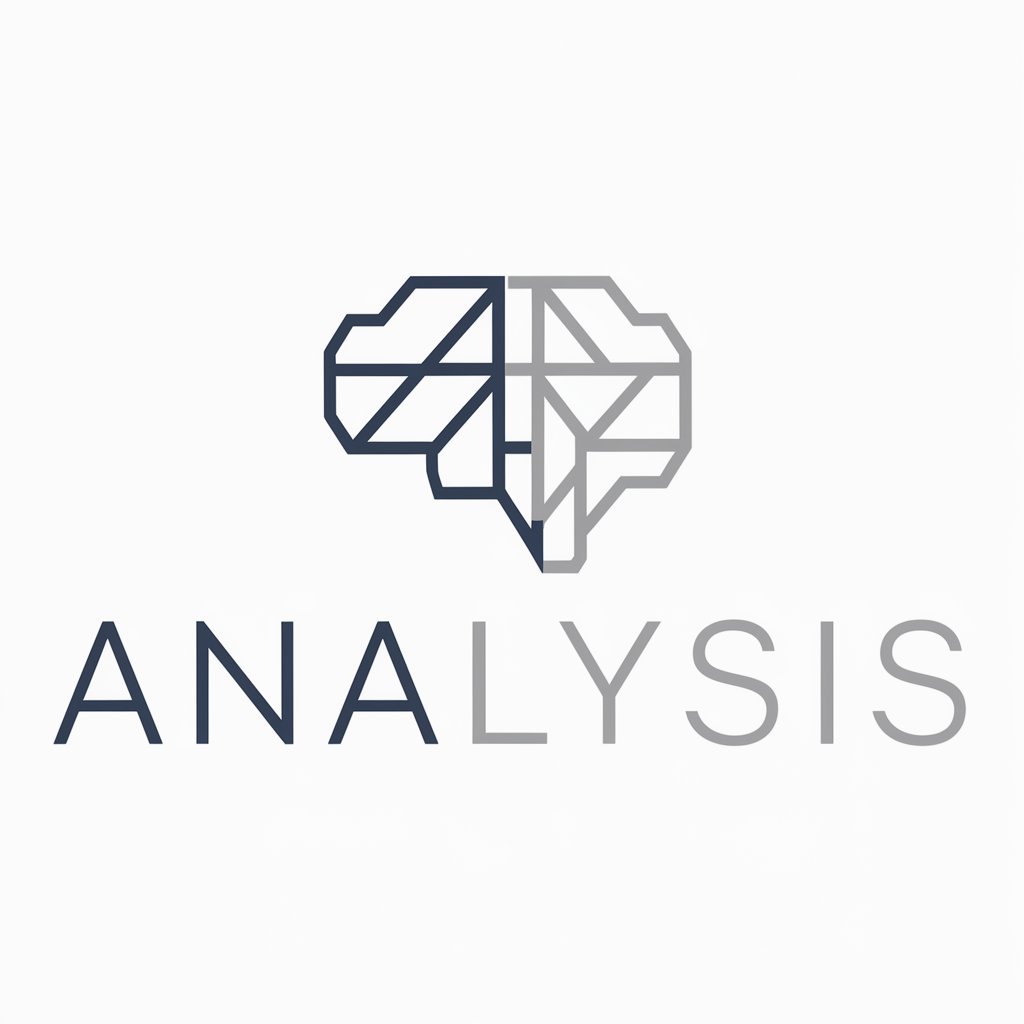
Analysis - AI-Powered Analysis Tool

Welcome! I'm here to assist with your data analysis needs.
Empowering Insights with AI Analysis
Analyze the provided dataset to identify key trends and patterns.
Generate a detailed report on the given data, focusing on significant insights and recommendations.
Perform a comparative analysis of the data sets to highlight major differences and similarities.
Provide a visualization of the data, emphasizing important metrics and their implications.
Get Embed Code
Overview of Analysis
Analysis is designed as an analytical assistant, specializing in providing both general and advanced analysis of data to enhance decision-making processes. It functions by interpreting, processing, and analyzing data inputs from users, and then offering insights and recommendations based on the analysis. The primary goal is to transform raw data into understandable and actionable information. For instance, if a user provides sales data over a year, Analysis can identify trends, seasonal variances, and potential areas for growth or cost reduction. Similarly, for research data, it can suggest statistical methods to validate hypotheses or identify correlations between variables. Powered by ChatGPT-4o。

Core Functions of Analysis
Data Trend Identification
Example
Identifying sales peaks during holiday seasons in retail business data.
Scenario
A retailer can use these insights to optimize stock levels, plan marketing campaigns, and set sales targets for the upcoming season.
Predictive Analysis
Example
Forecasting future sales based on historical data.
Scenario
A business can apply these forecasts to manage inventory, allocate resources efficiently, and plan strategic expansions or promotions.
Statistical Analysis
Example
Evaluating the effectiveness of a new drug compared to existing treatments using clinical trial data.
Scenario
Pharmaceutical companies can use this analysis to support regulatory submissions or marketing strategies.
Data Visualization
Example
Creating interactive dashboards to monitor real-time data from IoT devices.
Scenario
Manufacturers can track the performance of machinery on the production floor, enabling proactive maintenance and reducing downtime.
Target User Groups for Analysis Services
Business Analysts
Professionals who need to interpret complex data sets to inform strategic business decisions. They benefit from predictive analytics, trend analysis, and data visualization functionalities.
Research Scientists
Individuals in academic or corporate research environments who require statistical analysis to validate hypotheses, analyze experimental data, and publish findings. They benefit from the ability to handle large datasets and complex statistical models.
Data Science Enthusiasts
Hobbyists or students looking to understand data analysis techniques and apply them to personal projects or learning endeavors. They benefit from the educational aspect of exploring data trends and predictions.
Small and Medium Enterprises (SMEs)
Owners and managers who seek insights into their business operations, customer behavior, and market trends to make informed decisions. They benefit from easy-to-understand analyses and visualizations that can drive business growth.

How to Use Analysis
Start Free Trial
Begin by visiting yeschat.ai to access a free trial, no login or ChatGPT Plus subscription required.
Provide Data
Input your dataset or the specific context you need analyzed directly into the chat interface.
Define Objectives
Clearly state your analytical goals and questions to tailor the analysis process to your needs.
Interact and Refine
Engage with the generated insights and ask follow-up questions for deeper analysis or clarification.
Apply Recommendations
Utilize the provided recommendations and advanced analysis methods to enhance your understanding and decision-making.
Try other advanced and practical GPTs
Doug Dollar Dominator
Your AI-powered financial drill instructor

Island
Master Survival with AI-Powered Strategy

Ethnic Studies
Exploring Diversity with AI

Criação de Postagens para o LinkedIn
Empower Your Professional Presence

IRB 도우미
Streamlining IRB submissions with AI

Grading Guru
Empowering academic excellence with AI.

556
Empowering Firearm Knowledge with AI

Routetrip
Your AI-Powered Road Trip Companion

House Plants
Green Your Space with AI-Powered Plant Care

Academic Writer
智能化的学术写作和研究伙伴

StyleStats
Streamlining barbershop operations with AI

English Redrafts
Revolutionize Your Text with AI

FAQs about Analysis
What is Analysis designed for?
Analysis is designed to act as an analytical assistant, providing users with data analysis, insights, and recommendations for advanced analytical methods.
Can Analysis handle raw data?
Yes, Analysis can process raw data inputs, offering initial insights and suggesting deeper analytical techniques tailored to the user's objectives.
What kind of insights can Analysis provide?
Analysis offers a range of insights, from surface-level observations to complex patterns and trends identified within the data, all tailored to the user's specific analytical goals.
How can I ensure the best results from using Analysis?
For optimal results, provide clear objectives, interact with the tool to refine insights, and apply the advanced analysis recommendations provided.
Is Analysis suitable for academic purposes?
Absolutely, Analysis is highly suitable for academic research, offering in-depth data analysis, pattern recognition, and evidence-backed recommendations for further study.





